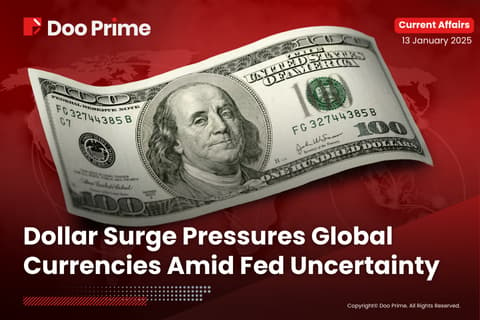WORLDWIDE: HEADLINES
Japan’s Economy Rebounds On Solid Spending, Omicron Clouds Outlook

Japan’s economy rebounded in the final three months of 2021 as falling coronavirus cases helped prop up consumption, though rising raw material costs and a spike in new Omicron variant infections cloud the outlook.
Bank of Japan Governor Haruhiko Kuroda also highlighted escalating tensions in Ukraine as a fresh risk to the central bank’s forecast for a moderate economic recovery.
The world’s third-largest economy expanded an annualised 5.4% in October-December after contracting a revised 2.7% in the previous quarter, government data showed on Tuesday, falling short of a median market forecast for a 5.8% gain.
Some analysts expect the economy to slump again in the current quarter as rising COVID-19 cases keep households from shopping and supply chain disruptions hit factory output.
“The economy will likely stall in January-March or it could even contract, depending on how the Omicron variant affects service-sector consumption,” said Takeshi Minami, chief economist at Norinchukin Research Institute.
Economic growth was driven largely by a 2.7% quarter-on-quarter rise in private consumption, which accounts for more than half of Japan’s gross domestic product (GDP).
The expansion in consumer spending, which was bigger than market forecasts for a 2.2% gain, came after Japan ended coronavirus curbs in October.
Capital expenditure also rose 0.4%, roughly in line with market forecasts. External demand added 0.2% point to growth, a sign exports continued to benefit from the global recovery.
“As the economy re-opened, service consumption, such as for hotels, restaurants and entertainment, got a big boost,” said Wakaba Kobayashi, an economist at Daiwa Institute of Research.
Japan’s recovery, however, continues to lag other advanced economies, forcing the BOJ to keep monetary policy ultra-loose, even as other central banks eye interest rate hikes.
Full coverage: REUTERS
Buffett’s Berkshire Bought Activision Shares Before Microsoft Takeover
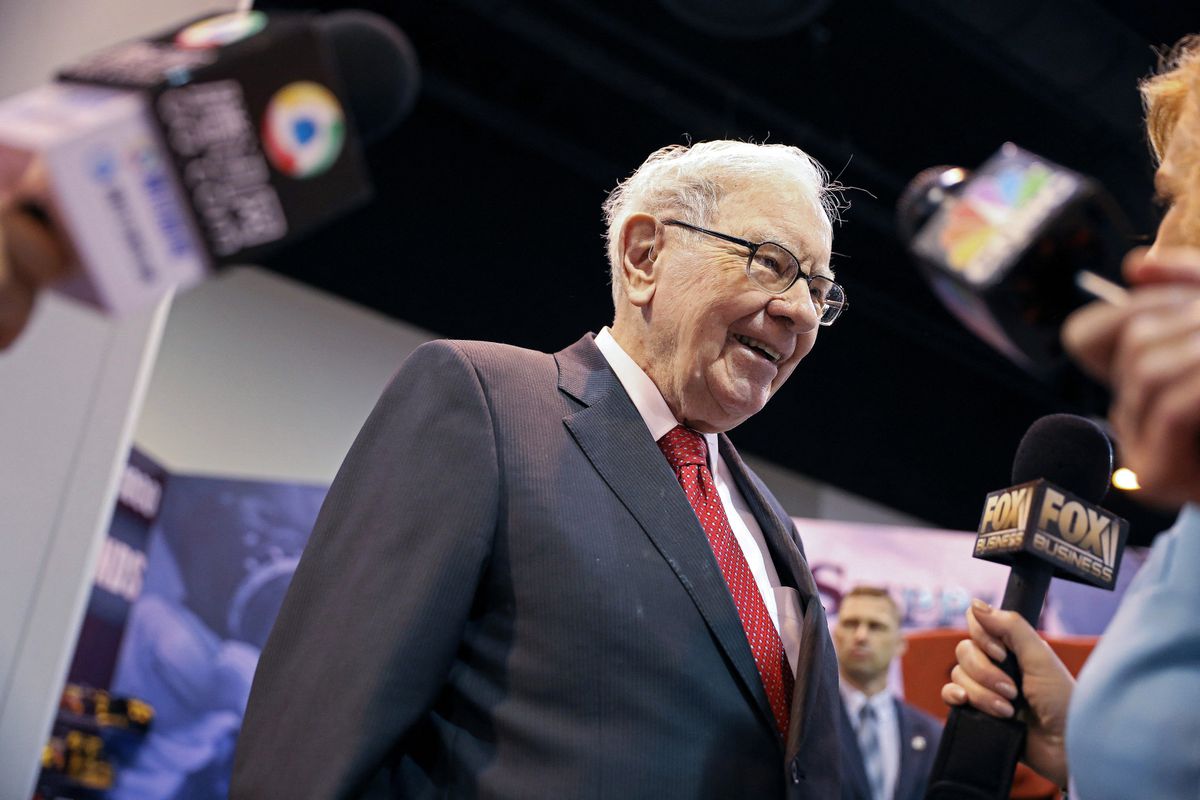
Warren Buffett’s Berkshire Hathaway Inc (BRKa.N) acquired nearly $1 billion of shares in Activision Blizzard Inc (ATVI.O) before Microsoft Corp (MSFT.O) agreed to buy the video game maker for $68.7 billion, according to a Monday regulatory filing.
Berkshire said that as of Dec. 31, it owned 14.7 million shares worth about $975 million of the “Call of Duty” maker.
Microsoft announced its plan to buy Activision Blizzard on Jan. 18, in its largest ever acquisition.
Activision shares are up 23% this year to $81.50, though they remain well below the proposed $95 per share takeover price, reflecting potential antitrust concerns.
Another prominent investor, Daniel Loeb’s hedge fund Third Point, bought 2 million Activision shares in the fourth quarter.
Berkshire disclosed its Activision stake in a filing detailing its U.S.-listed stock investments as of Dec. 31.
Investors monitor Berkshire’s investments closely to see where Buffett and his investment managers Todd Combs and Ted Weschler see value.
The filings do not say who bought and sold what, though Buffett generally handles larger investments.
Other media have quoted Buffett, a longtime friend of Microsoft co-founder Bill Gates, as saying he would not buy Microsoft shares because of potential conflicts of interest.
Gates ended his 16-year run on Berkshire’s board in 2020. Buffett had been a trustee of the Bill and Melinda Gates Foundation but resigned in 2021.
In the fourth quarter, Berkshire also added to its stake in oil company Chevron Corp (CVX.N), while reducing its holdings in healthcare companies including Bristol-Myers Squibb Co and Abbvie Inc (ABBV.N).
Full coverage: REUTERS
WORLDWIDE: FINANCE/BUSINESS
Shares Slide, Oil Rises On Growing Ukraine Crisis
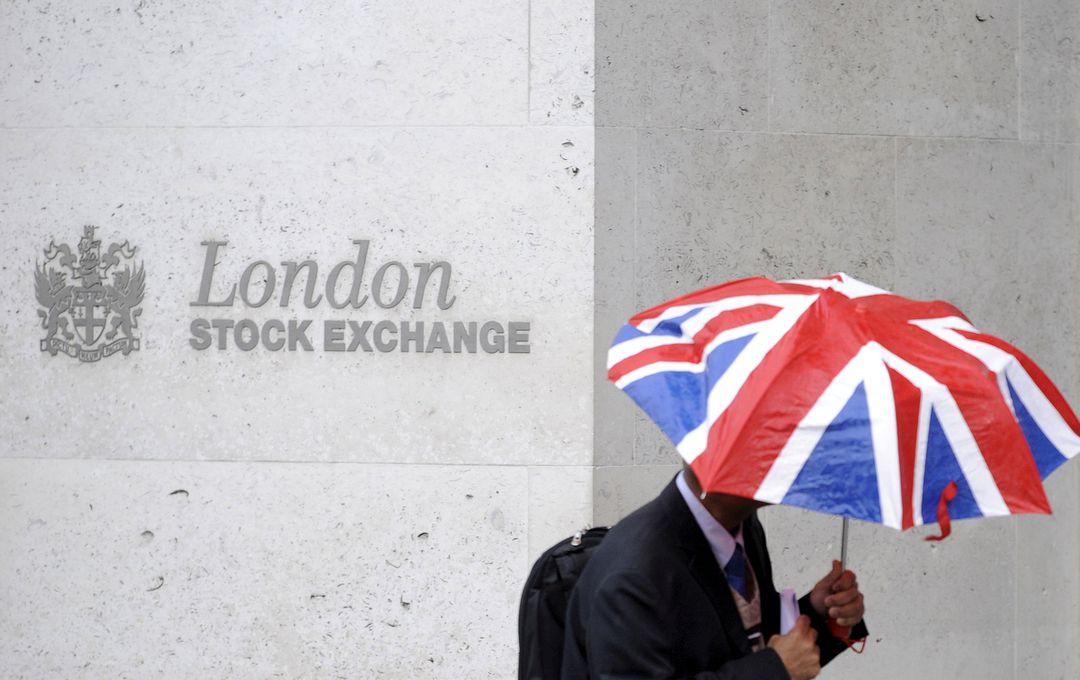
World shares slid on Monday while oil prices jumped to seven-year highs on U.S. warnings that Russia could soon invade Ukraine, and investors scurried to buy safe-haven government bonds they mostly shunned so far this year.
Europe’s STOXX 600 share index (.STOXX) tumbled as much as 3.0% and spot gold headed toward its biggest single-day gain in four months even as Russia suggested it was ready to keep talking to the West to defuse the crisis.
The United States is relocating its embassy operations in Ukraine from the capital Kyiv to the western city of Lviv, Secretary of State Antony Blinken said, citing the “dramatic acceleration in the buildup of Russian forces.”
Ukraine’s government bonds slumped 10% to a crisis low even as Ukraine hinted at concessions to Russia. The appeal of save-havens lifted bullion and the Swiss franc.
Markets in Europe were antsy. Major regional bourses fell about 2% and European natural gas prices for delivery in a month jumped nearly 10% to 81.30 euros per megawatt hour .
The pan-regional STOXX 600 is 7% off an all-time high reached Jan. 4. Wall Street partially recovered from a late afternoon sell-off, with the Nasdaq closing flat.
U.S. stocks were already under pressure from inflation worries that were likley to prompt monetary tightening from the Federal Reserve, said George Ball, chairman of wealth manager Sanders Morris Harris.
Stocks face too many worries for any longer-lasting upward move, Ball said, adding that investors should increase cash to 10%-20% of their portfolios.
“Stocks have been premium priced for quite some time and a mixture of rising interest rates, military threats and the highest rate of inflation since 1980 makes a modest baby bear move in stocks likely in the near term,” Ball said in a note.
The Dow Jones Industrial Average (.DJI) fell 0.49%, the S&P 500 (.SPX) lost 0.38% and the Nasdaq Composite (.IXIC) lost 0.24 points to close at break-even.
Full coverage: REUTERS
Ukraine Tensions, Fed Hike Talk Drag On Euro
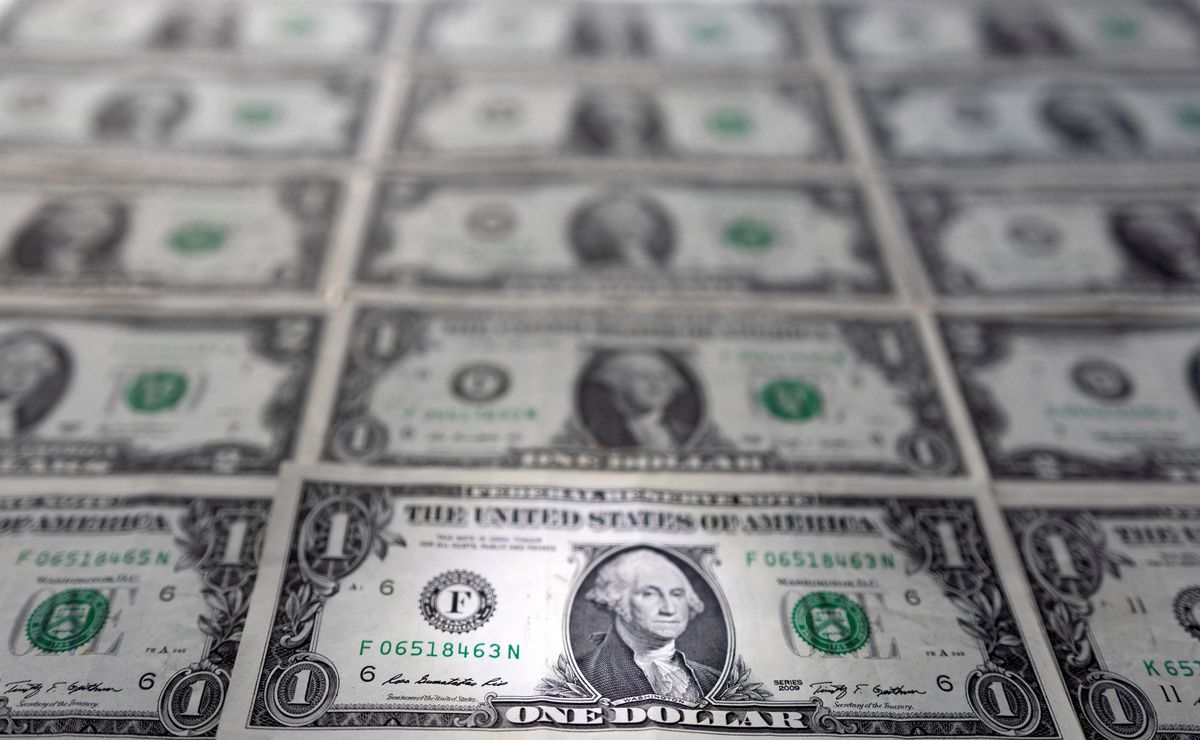
Tensions in eastern Europe weighed on the euro on Tuesday and pushed demand for the dollar and the safe-haven yen, while the greenback was also helped by debate about more aggressive U.S. interest rate hikes.
The euro was at $1.1308 in early Asia having touched $1.1278 the day before, its lowest in a week-and-a-half. The yen was at 115.33 per dollar, after briefly hitting 114.99 on Monday, its strongest in a week.
Moves were slightly more cautious elsewhere and the overall result was that the dollar index, which tracks the greenback against six peers was at 96.244, just off Monday’s two-week high.
Investors were spooked somewhat overnight by Ukrainian President Volodymyr Zelenskiy calling on citizens to fly the country’s flags from buildings and sing the national anthem in unison on Feb. 16, a date that some Western media have cited as a possible start of a Russian invasion.
Ukrainian officials stressed, however, that Zelenskiy was not predicting an attack on that date, but responding with scepticism to foreign media reports.
Away from geopolitics, U.S. Federal Reserve officials continuing to spar over how aggressively to begin upcoming interest rate increases at their March meeting.
Hawkish Fed official James Bullard, who last week broke ranks to call for a large 50 basis point increase, reiterated calls for a faster pace of interest rate hikes on Monday, though other officials were more cautious in their public remarks.
Tensions in Ukraine and the more aggressive outlooks for the Fed funds rate are both supportive for the dollar in the near term, said Kim Mundy, senior currency strategist at Commonwealth Bank of Australia.
Full coverage: REUTERS
Oil Falls On Profit-taking, All Eyes On Russia, Ukraine
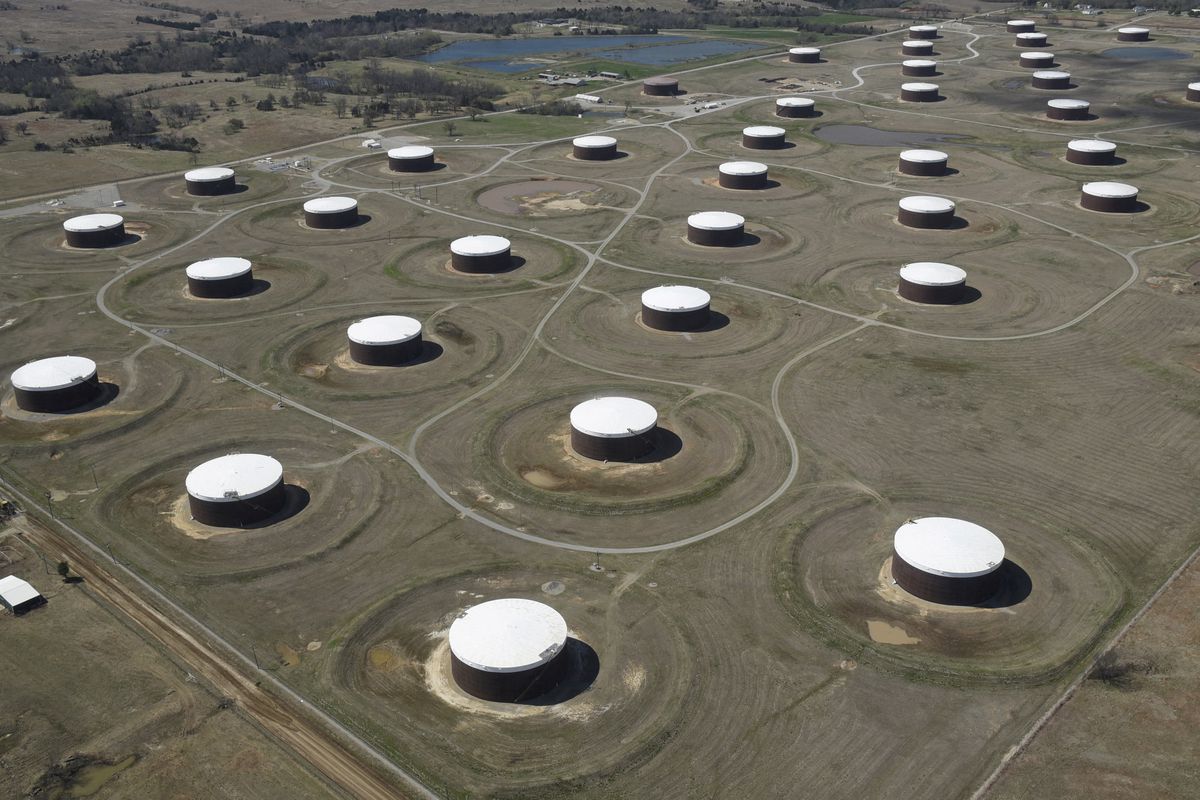
Oil prices fell on Tuesday as investors took profits from the previous day’s rally to seven-year highs and as global stock markets slumped, although losses were capped by fears that Russia might invade Ukraine and disrupt supplies.
Brent crude futures was at $96.19 a barrel by 0205 GMT, down 29 cents, or 0.3%, after rising $2.04 on Monday.
U.S. West Texas Intermediate (WTI) crude dropped 36 cents, or 0.4%, to $95.10 a barrel, after gaining $2.36 the previous day.
Both benchmarks hit their highest since September 2014 on Monday, with Brent touching $96.78 and WTI reaching $95.82.
Russia is one of the world’s largest oil and gas producers, and fears it could invade Ukraine have driven a rally in oil towards $100 per barrel, a level not seen since 2014.
“Investors scooped up profits from Monday’s rally though they were hesitant to take fresh short positions due to rising tensions in Eastern Europe,” said Hiroyuki Kikukawa, general manager of research at Nissan Securities.
“Oil markets may see a real correction if the Iran-U.S. nuclear deal is agreed or global equities tumble further amid worries over inflation and tighter monetary policy by central banks,” he said.
Portfolio managers are still bullish on the outlook for oil. But prices have already risen by more than 30% in less than three months and there are growing concerns about rising inflation and interest rates, prompting fund managers to take some profit last week.
Investors are also watching talks between the United States and Iran. The Iranian foreign minister said Iran was “in a hurry” to reach a swift agreement in nuclear talks in Vienna, provided its national interests are protected.
Global stocks slid on Monday on U.S. warnings that Russia could soon invade Ukraine.
Full coverage: REUTERS

